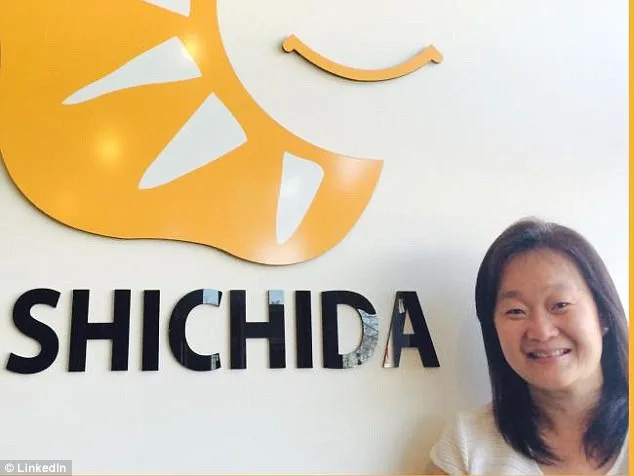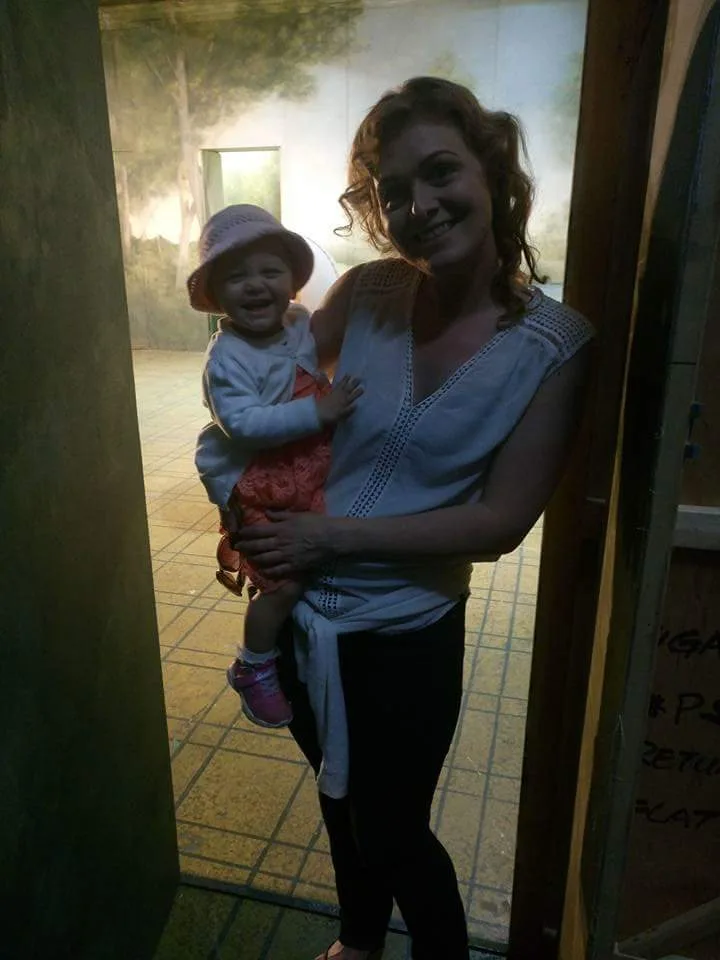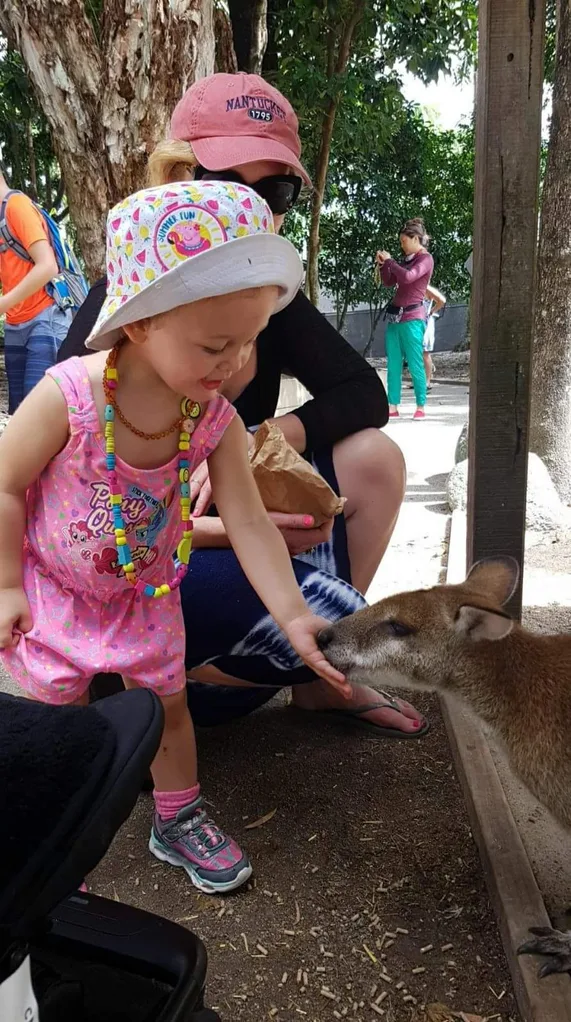As parents, we tend to educate our kids the same way we learned ourselves: learn the alphabet, count to ten, write our names.
However some Aussie parents are breaking away from that mould, instead employing the relatively new ‘Shichida method’ and they’re starting when their kids are just six months old.
The Japanese accelerated learning style is unique in that it teaches skills commonly associated with the right brain such as empathy, creativity, intuition, imaging and photographic memory.
It’s all about educational based play, rather than *free play and realising the first six years of brain development is the most crucial and tapping into both left and right side of the brain.
“There are two main drivers,” Founder of the Australian Shichida Early Learning Centres, Shiaoling Lim tells Now To Love.
“We want to stimulate both sides of a child’s developing brain, and we want parents to be their child’s best and first teacher.”
More than classroom lessons, Shichida is a way to incorporate education into every day life in a way that engages children, making learning more fun than simply writing out letters 100 times.
Parents and their children attend a 50 minute session each week where they learn how to employ Shichida techniques in their every day life.

Founder of the Australian Shichida Early Learning Centres, Shiaoling Lim says it’s all about educational based play, rather than free play.
“I want to fill her brain while it’s in this sponge-stage!”
Suzanne Shakespeare, an opera singer from Mulgrave is mum to Matilda who is almost three. They’ve been attending Shichida classes since the beginning of last year and Suzanne is over the moon that they found it.
“Matilda has always been hungry for information, she’s a little firecracker, and this just seems the perfect fit for us,” says Shakespeare.
“She loves the mazes, and puzzles, and I’ve found that even without us trying to incorporate the learnings at home, she is bringing them home with her on her own.

Suzanne Shakespeare and daughter Matilda have been attending Shichida classes since the beginning of last year.
“Matilda has always been hungry for information, she’s a little firecracker, and this just seems the perfect fit for us,” says Shakespeare.
“She loves the mazes, and puzzles, and I’ve found that even without us trying to incorporate the learnings at home, she is bringing them home with her on her own.
“For example we have a giant tub of bug toys, and sometimes I’ll see her playing with them and she has them grouped into their colours. Then the next time it will be by their size, or their type … the grouping and ordering of things just seems to come naturally to her now.”

Matilda is hungry for information making Shichida a great fit for her.
Shakespeare originally signed up after a friend recommended Shichida and has no plans to stop any time in the near future.
“I just feel like it’s a really great start for kids, I want to fill her brain while it’s in this sponge-stage, I don’t want to miss this window.”
And it seems to be working. Little Matilda’s spatial awareness and memory is that of a much older child.
“We only have to go somewhere once and she remembers the way. It’s great, except if I ever want to get a way with any shortcuts … she calls me out,” laughs Shakespeare.
Engage their heart then you can engage their minds
“The Shichida method of education taps into the subconscious mind of babies using songs and activities that appeal to visual, auditory, sensorial senses to learn about numbers, measurements, quantities, time and sequencing which create a strong foundation for speed reading, mental maths and a fun attitude to learning.” says Lim.
“It also guides parents on age appropriate learning in the home, like adding or subtracting countable food on two plates to make an equation; or using a Target or Kmart catalogue that comes in the mail to find particular letters and circling all the vowels on the page for children who aren’t at school yet.”
Shichida tips for educational learning in the home
Using catalogue mail ask children to circle particular letters, vowels or words. Do the first few together to help them understand how to play the game.
In the sandpit make as many sandcastles together and start counting them one by one, then in twos. Use the buckets to learn measurements – full and half full.
Make walking up steps a numbers game counting each step aloud as you walk on them.
When doing something talk in time – it’s one o’clock it’s lunchtime. It’s 7 o’clock and bed time.
Play a relating imaging game in daily, for example have a child recall a character they saw on a TV commercial or what colour top was the bus driver wearing?
Put 5-10 items on a table, show it to your child for a few seconds, have them close their eyes while you remove one object and ask them to tell you which one is missing.
**The advice from the Raising Children Network suggests free play is important to stimulate creativity and imagination.*

.png?resize=380%2C285)

